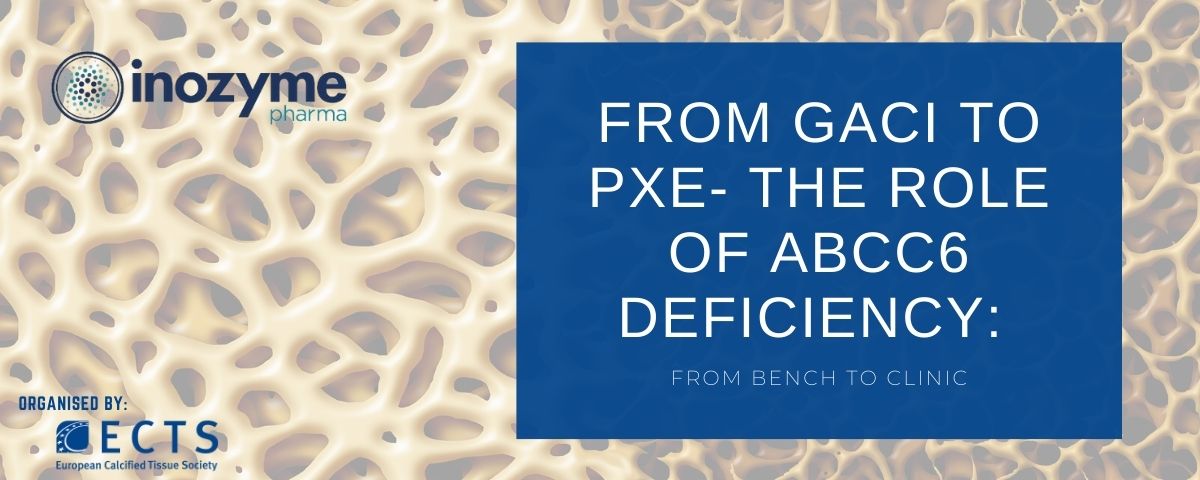
November 15th at 16h00 CEST
Ludovic Martin MD PhD – Professor Dermatology and venereology CHU Angers
Jouni Uitto MD PhD – Professor and Chair, Department of Dermatology & Cutaneous Biology Thomas Jefferson University
Objectives of the symposium
- Review the current understanding of ABCC6 Deficiency across the age spectrum
- Importance of PPi- Lesson from pre-clinical studies
- Highlight the upcoming clinical studies
Patient Presentation and Prognosis Review- Dr Martin
- PXE is a multi-system disease
- Dermal, vascular and retinal abnormalities are classic symptoms.
- Recent research on neurovascular complications, joint calcification, and osteoarthritis
- ABCC6 Deficiency in infants presenting with a GACI phenotype
- Are the phenotypes similar between infants and adults with ABCC6 Deficiency?
- Diagnosis of PXE –
- There is a long delay (~21 years) between first signs of PXE and a diagnosis – How can we distinguish PXE quicker?
- What is the current management and unmet need?
Mechanism of disease/Role of PPi/ pre-clinical data- Dr Uitto
- ABCC6 -The mechanism associated with the onset of PXE
- Overview of PPi
- How does ABCC6 Deficiency lead to multiorgan disease?
- Lesson from the ABCC6 deficient mouse model
- Model for tissue calcification
- Is ENPP1 enzyme replacement therapy a potential therapy for PXE?
Upcoming Clinical Studies- Dr Uitto
- Overview of the trial design
- Inclusion/exclusion
- Key endpoints